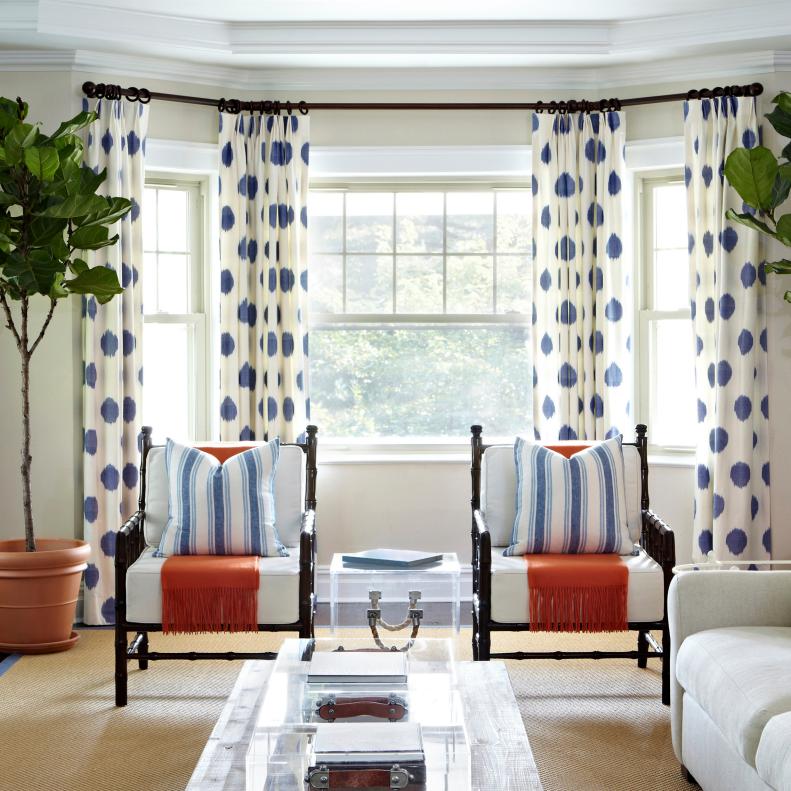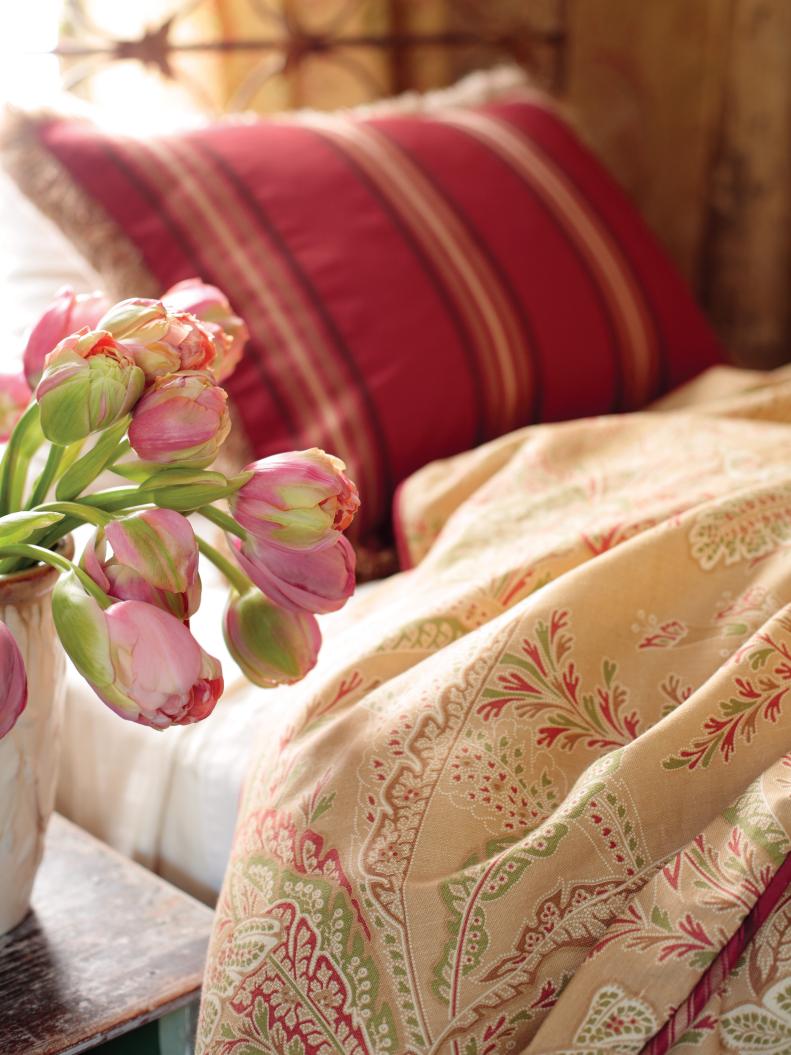1 / 25
From:
HGTV Magazine
Fabrics 101
There are two basic forms of fabric – natural and synthetic – and both have their positive qualities. Synthetics, for instance, can be very durable and can often resist sun damage. But don't think of naturals as necessarily being weaker than the synthetics – durability often depends on the weave and finish applied to the products, not the inherent qualities of the fabric itself. For example, chintz is a highly polished, somewhat thin-fibered cotton that isn't long-wearing. It's a "look," whereas a cotton using thicker fibers and heavier weave will perform better for greater periods of time. Image courtesy of HGTV Magazine.









